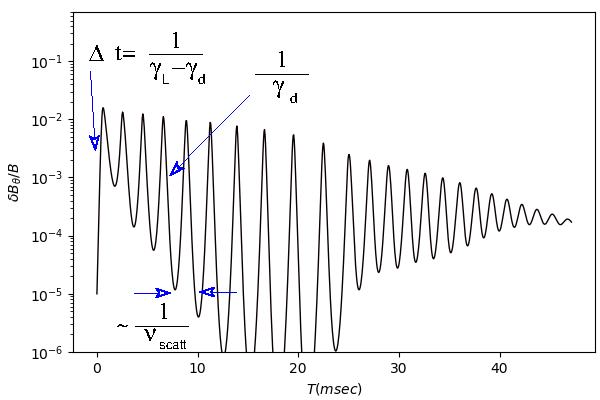Speaker
Description
To understand the dynamics of multiple Alfvén Eigenmode (AE) instabilities excited simultaneously by energetic beam ions we developed a heuristic Predator-Pray (PP) model where two PP systems each consisting of a predator (AE) and a prey (resonant ions) are coupled together. The first PP system works as a source of particles for the second system which in its turn plays a role
of a sink of those particles. Our model helps to understand multiscale intermittencies observed in
Resonance Broadened Quasi-linear (RBQ) code simulations [N.N. Gorelenkov, V.N. Duarte, M. Podesta, H.L. Berk, Nucl. Fusion 58, 082016 (2018)]. The PP model is different from
the fishbone PP model developed earlier [D. Borba, M.F.F. Nave., F. Porcelli, Theory of Fusion Plasmas (Commission of the European Communities, Brussels, 1992) , 285 (1992)] by demonstrating the presence of the saturated state with finite AE amplitudes.
An interplay between the growth, damping rates and the effective scattering frequency in RBQ simulations is demonstrated in Fig.1, which exhibits a PP behavior in the presence of a single RSAE. 
Figure 1. Single n = 5 RSAE intermittent dynamics with clearly resolved interplay between the net growth rate γL − |γd |, damping rate γd and the pitch angle scattering parameter, νscatt .
RBQ model adapts the quasi-linear (QL) approach [H.L. Berk, B.N. Breizman, et al. Phys. Plasmas 3, 1827 (1996)] and generalizes it for a realistic problem near marginal state of unstable AEs. The diffusion equation is solved simultaneously for all particles together with the evolution equation for mode amplitudes by going beyond the perturbative-pendulum-like approximation for the wave particle dynamics. It is likely that once the instability is too strong
(i.e linear theory is sufficiently above the instability threshold) quasi-linear relaxation will keep the system near the marginal stability conditions.
Hence, having a QL theory capable of describing the conditions close to threshold should be an important tool for fusion burning plasma scenarios.
We apply the RBQ code to a DIII-D plasma with elevated q-profile where the fast beam ions show stiff transport properties [C.S. Collins, W.W. Heidbrink, et al. Phys. Rev. Letters 116, 095001 (2016)]. The sources and sinks are included via the Krook operator. The properties of AE driven fast ion distribution relaxation are studied in self-consitent simulations. Initial results show that the model is robust, numerically efficient, and can predict fast ion relaxation in present and future burning plasmas.
| Country or International Organization | United States |
|---|
